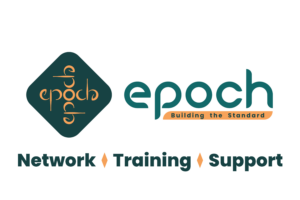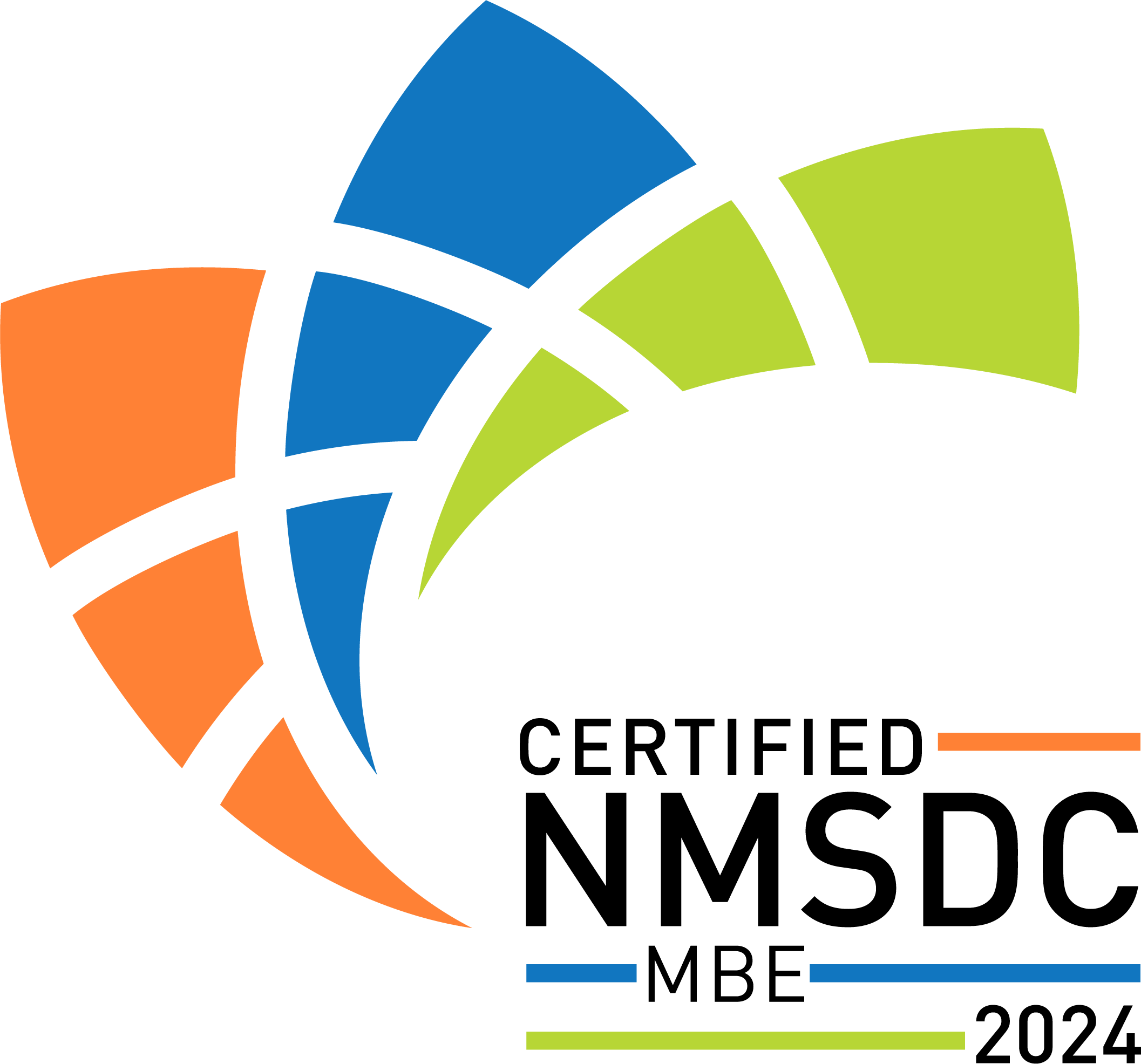12 Essential Cybersecurity Best Practices
These days, with everything happening online, cybersecurity isn’t just important—it’s absolutely essential. Whether you’re running a small startup or managing a large company, protecting your data from cyber threats has to be a top priority. As a managed IT service provider, we are here to give you some cybersecurity best practices for your company to implement. Some ways we do this is via strong password policies, multi-factor authentication, security training, backup strategy and threat detection.
At Epoch IT, we work with businesses every day to help them stay secure. Here are 12 practical cybersecurity best practices you can start using right now to protect your company from common threats.
1. Implement Strong Password Policies
Passwords are the foundational layer of security. Strong password policies are necessary for your organization to follow, as they can provide a defense against unauthorized access. Here are some cybersecurity best practices relating to passwords:
Robust password security and strong password policies necessitates a minimum length of 12 characters, incorporating a variety of uppercase and lowercase letters, numbers, and special symbols to significantly hinder unauthorized access. Regular password updates, recommended every 60 to 90 days, further strengthen system security by limiting the timeframe for potential exploitation. To prevent risks associated with compromised past credentials, don’t allow the reuse of old passwords, ensuring ongoing uniqueness and reducing recurring vulnerabilities.
2. Enable Multi-Factor Authentication (MFA)
Multi-Factor Authentication (MFA) asks users to prove their identity in more than one way before they can access the system or data. This usually involves a mix of verification methods such as something you know – a password or pin; something you have – a code sent to your phone; and something you are – a biometric like fingerprints or facial recognition. By adding these extra steps, multi-factor authentication makes it much, much harder for anyone who shouldn’t be there to get in, even if they somehow manage to figure out your username and password. So, just knowing those basic login details isn’t enough anymore – we’re adding those extra layers for better protection.
3. Keep Software and Systems Updated
Consistent application of updates and patches is essential for mitigating known vulnerabilities. This involves regularly updating all operating systems (such as Windows, macOS, and Linux) to incorporate the newest security enhancements. Similarly, all applications, including third-party software, should be kept current to address potential security weaknesses. Furthermore, timely firmware updates for network devices and hardware components are equally critical. To streamline this process and minimize the risk of exploitation, enabling automatic updates is a highly effective practice for ensuring systems remain protected with the latest security measures.
4. Conduct Regular Security Training
Another way to keep up with cybersecurity best practices is to maintain regular security trainings. Human error is often the weakest link in an organization’s cybersecurity, which is why training is essential. Employees need to be able to spot and respond to potential threats, including phishing attempts, social engineering tactics, and unsafe handling of sensitive data or company devices. Training should cover how to recognize these risks and what steps to take when they occur. By offering continuous education, organizations help their teams stay alert and up to date as cyber threats continue to evolve.
Epoch IT offers training and development services to help your employees constantly improve their skills including security training. Learn more about our course options and class schedule.
5. Implement a Robust Backup Strategy
A strong data backup strategy is crucial for business continuity and recovery from incidents like ransomware, hardware failure, or data loss. Key elements include: regular backups based on data importance (daily/weekly), offsite storage (physical or cloud) to protect against local damage, and routine testing of recovery processes. A well-executed backup strategy is fundamental for organizational resilience against cyber incidents and data disruptions.
6. Deploy Advanced Threat Detection and Response Solutions
A proactive defense against today’s cyber threats relies on advanced detection and response solutions. We utilize Intrusion Detection Systems (IDS) for network anomaly monitoring and Intrusion Prevention Systems (IPS) for real-time threat blocking. Security Information and Event Management (SIEM) platforms analyze security data for subtle patterns. This integrated approach enables swift threat identification, response, and containment, minimizing damage and enhancing your business’s security.
7. Secure Your Network Perimeter
A strong defense around your network’s edge is crucial for stopping unauthorized access to what’s inside. To achieve this, you should set up firewalls to control the traffic coming in and going out based on your security rules. For anyone connecting remotely, using Virtual Private Networks (VPNs) is key to secure those connections and scramble the data sent over public Wi-Fi. It’s also a good idea to divide your network into separate sections; this limits who can get where and helps keep any security problems from spreading. By focusing on securing this outer boundary of your network, you’re really protecting your organization’s important information and systems.
8. Regularly Monitor and Audit Systems
For optimal cybersecurity best practices, continuous monitoring and auditing of IT systems are essential for proactive vulnerability and threat management. This involves: consistent log analysis to detect anomalies, regular vulnerability scanning for identifying weaknesses, and periodic compliance audits to ensure adherence to standards. This ongoing oversight provides critical visibility into the security posture, enabling a proactive and effective approach to maintaining robust cybersecurity.
9. Implement Access Controls
Implementing strong access controls is one of the key cybersecurity best practices for protecting sensitive systems and data. Role-Based Access Control (RBAC) assigns permissions based on an employee’s job function, while the Principle of Least Privilege ensures users have only the access necessary to perform their tasks. Regularly reviewing and updating access as roles change is also essential. These measures work together to reduce the risk of unauthorized access and data breaches, reinforcing a secure and well-managed IT environment.
10. Develop an Incident Response Plan
A plan for responding to cyberattacks or breaches is crucial. It should detail how to spot and confirm incidents, limit their impact, remove threats and restore operations, and communicate effectively internally and externally. This structured approach ensures a coordinated and effective response, minimizing potential damage and downtime.
11. Secure Mobile Devices
As mobile devices become more prevalent in professional settings, ensuring their security is now a necessity. Following key cybersecurity best practices, organizations should utilize Mobile Device Management (MDM) systems for centralized control and protection of these devices. Enabling encryption is also crucial to safeguard data stored on them. Additionally, implementing remote wipe functionality offers a vital security measure for handling lost or stolen devices. These actions are fundamental to preserving sensitive information and maintaining data integrity within mobile environments.
12. Maintain Compliance with Industry Standards
Following established industry standards and regulations is essential to ensure your cybersecurity measures align with legal mandates and recommended best practices. Notable examples include GDPR for EU data privacy, HIPAA for safeguarding patient health information, and PCI DSS for securing payment card details. Demonstrating compliance with these frameworks underscores your organization’s dedication to cybersecurity and helps prevent potential legal repercussions and financial penalties.
Conclusion
Incorporating these 12 essential cybersecurity best practices, especially multi-factor authentication, security training, and backup strategy is a vital step toward strengthening your company’s defenses against cyber threats. At Epoch IT, we’re dedicated to helping businesses like yours implement robust cybersecurity measures that are tailored to your specific needs. By staying proactive and vigilant, you can protect your data, ensure smooth operations, and foster trust with clients and partners.
If you’re ready to enhance your cybersecurity or have any questions, don’t hesitate to reach out to our team. We’re here to guide you through the complexities of cybersecurity and keep your business secure.












